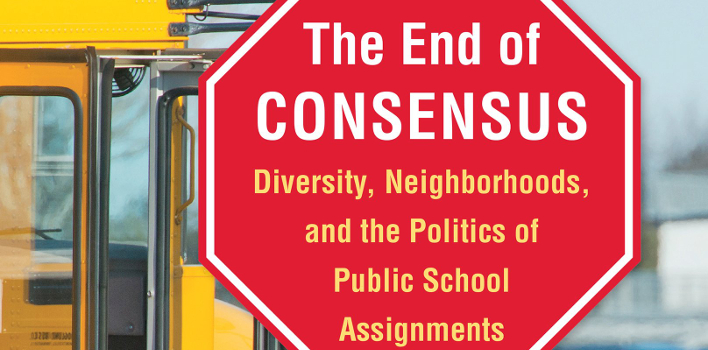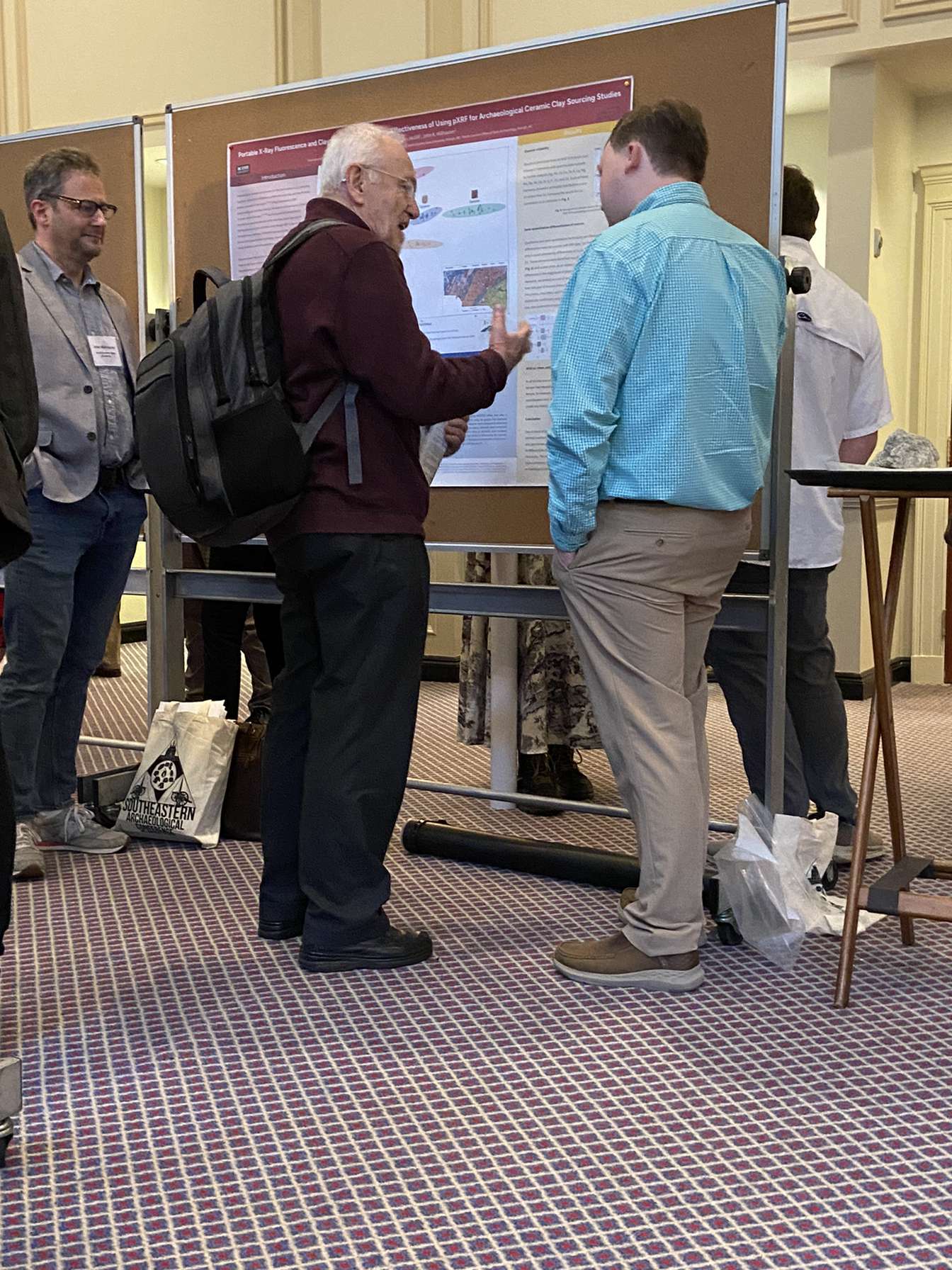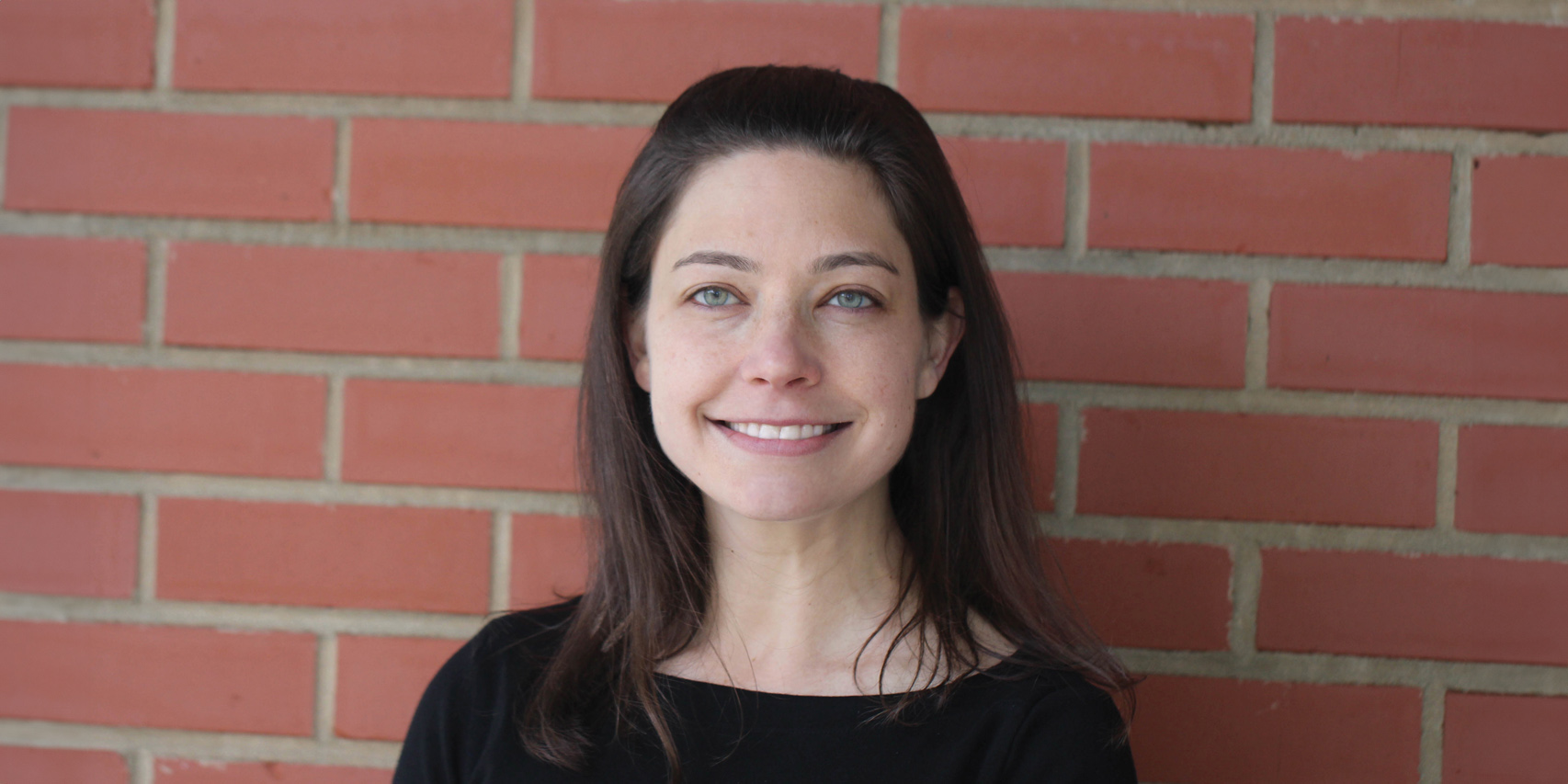The End of Consensus


Dr. Toby Parcel, Professor of Sociology at NC State, and Dr. Andrew J. Taylor, Professor of Political Science at NC State, recently combined their expertise to examine school diversity and controversial public school assignment policies in Wake County. To share the results of their research, Parcel and Taylor have written The End of Consensus – Diversity, Neighborhoods, and the Politics of Public School Assignments. We met with Dr. Parcel to discuss their work.
Out of what context did the ideas for The End of Consensus begin?
In October of 2009, Wake County’s liberal and largely Democratic school board was replaced by a more conservative and Republican dominated board. Newly elected board members had campaigned on a platform of assigning children to neighborhood schools, a policy that would set aside years of reliance on a strategy that successfully mixed schools by family income. By early 2010, they did, in fact, change the policy.
The campaign for that election was in the news constantly. Candidates spent thousands of dollars on their campaigns. In contrast, in most communities, school board elections are low-key, typically not attracting significant public attention.
I was intrigued by all of this. People seemed to be concerned that valuable social ties between families and schools were being disrupted when children were reassigned from one Wake school to another, independent of promotions to middle and high school. They were protesting assignments to year-round schools, which also appeared to disrupt valuable social ties and cause headaches for families. People were worried that children were bused to schools too far from home, and that too much emphasis was being placed on school assignments designed to create socioeconomic diversity.
As a scholar who had studied families, schools and child well-being, I began to wonder why these events had occurred, and what more I could learn by studying the situation further.
You co-wrote The End of Consensus with Dr. Andrew Taylor, professor of political science. Why did the two of you decide to pool your expertise for this project?
Disruption of social ties between families and schools was something I could understand. But I was puzzled as to why this school board election had become so political. I knew Andy had strong expertise in Republican politics, and I knew he and I shared a common approach to social science, one rooted in rigorous empirical observation. Early in 2010 we began discussing why we thought Wake’s school assignment policy had changed, and how we might go about learning more. I believe our book is stronger because we have brought different perspectives to bear on the issues and because we have used both our similarities and our differences as scholars to understand the case.

How did you conduct the research for this project?
Ours is a mixed-methods study because we combine qualitative and quantitative approaches. We began by reviewing numerous media accounts of the Wake County 2009 election and subsequent related developments. We continued with this activity through 2015.
We interviewed 24 community leaders including current and former school board members, business leaders, and concerned activists. Some of these leaders were in favor of neighborhood schools; others advocated for the importance of socioeconomically diverse schools. To listen to more voices, we also conducted two focus groups including African Americans and/or additional advocates for the diversity policy.
We learned a great deal from these conversations, and then used them to construct a telephone survey that was fielded by Public Policy Polling in March 2011. Over 1700 adults in Wake County participated. We then analyzed these data statistically in order to better understand who favored neighborhood schools, who favored diverse schools, and why.
We were also curious as to how typical Wake County was. Were other communities experiencing these same debates about strategies to create diverse schools? Were Wake citizen concerns about student reassignments and year-round schools found elsewhere? Or was Wake relatively unique in its particular combination of both political debate and policy choices?
What is the theoretical framework you used in developing your research?
Many social scientists have been interested in the concept of social capital, which refers to social ties that bind people together. These relationships facilitate social life by supporting the socialization of children, by integrating newcomers in our communities, and by helping people find jobs. Both sociologists and political scientists have used this concept, so Andy and I were fortunate that we had this perspective in common.
In the case of Wake County, we saw social capital as operating in several ways. As I have mentioned, people seemed to be upset when children were transferred from one school to another prior to promotion to middle or high school. We reasoned that many people expect neighborhood schools to be a vehicle for bringing them and their children into enduring relationships with other families, teachers and school leadership. But we thought this would be especially true for those who had weaker ties generally. This would include those who were members of few local organizations, who were relatively new to Raleigh, who had long work hours and long work commutes, leaving them little time to develop strong networks. We thought these individuals would be especially likely to favor neighborhood schools, as would people who distrusted local government generally. By contrast, those with richer social ties to the community should be more likely to tolerate the costs of student reassignments, given that they had other methods for building social capital in their lives.
What were you able to uncover with this research?
Although local media coverage frequently discussed preferences for neighborhood schools and the diversity policy as polar opposites, we found something else. We found that most people favored neighborhood schools, but that a subset was also very committed to diversity. We think this is because the notion of neighborhood schools is very well ingrained in American life, and that many who are adults in Raleigh now attended such schools when young. Among this group, however, there are also many who value Wake’s efforts to mix public schools by socioeconomic status.
We also found other sentiments were important. Adults found the reassignment schemes to be challenging for them and their families. They worried that children’s learning and social relationships would suffer if they were required to change schools involuntarily. They also found the process of reassignment to entail uncertainty that made family life hard to manage.
In particular, we found that women were more likely to worry about the challenge of reassignments, the dangers to children’s learning and friendships, and the uncertainty that reassignment entailed than were men. Women were also more pro-diversity than men, although they did not differ from men in their support for neighborhood schools.
Our findings regarding race were complex. As we had expected, African Americans were more in favor of diversity and less supportive of neighborhood schools. But more affluent African Americans favored diversity more than their lower income counterparts. More educated African Americans worried less about challenge, dangers and uncertainty.
In addition, African American women were more concerned with challenge, dangers and uncertainty than were African American men. Overall, African Americans in Raleigh often took a pragmatic approach to children’s school assignments, and were cognizant of the costs of the diversity policy as well as its benefits.
We found that Wake’s strong but uneven population growth, particularly beginning around the year 2000, motivated the school board to reassign many children to new schools and to rely on year-round schooling, just to manage the growth. People overestimated the extent to which children were bused for purposes of diversity.
We also compared Wake County to other large urban school districts, as well as some smaller ones, to see if the dynamics of policy change we found in Wake were common across the country. We found that Wake is the largest school district in the county to sustain a school desegregation policy for as long as it did. It shares some similarities with Montgomery County, MD, and with Gwinnett County, GA in terms of school integration. However, Montgomery County has relied on housing policy to promote school integration and currently is re-segregating, and Gwinnett County stresses educational excellence and achievement without an explicit integration policy. Charlotte-Mecklenburg schools, with which Wake is often compared, began resegregating during the 1990s and is notably segregated today.
How does your research contribute to or challenge the general understanding of this topic?
Our book contributes to a larger scholarly literature on school desegregation and resegregation, as well as to studies on policy change in urban education. Other scholars have documented how many cities in our country desegregated their schools during the 1970s, but that demographic changes including white flight to the suburbs have allowed them to resegregate. Raleigh is the sixteenth largest school district in the country and sustained desegregated schools for a long time, even after 2009. This makes Raleigh important to study closely.
In addition, we set the record straight regarding important historical events. For example, Raleigh is relatively unique among large southern school districts in that it was never under a court order to desegregate. Many people do not realize that.
We have moved beyond analyses of preferences for diversity versus neighborhood schools by showing that these sentiments are not polar opposites. Most literature portrays them that way, so we have changed the debate in that way. We also identify other relevant sentiments including the challenge, perceived dangers and uncertainty entailed in reassignments, thus placing debates regarding diversity and neighborhood schools in larger context.
We have contributed to a greater understanding of how race and gender affect attitudes towards school assignment policy. While scholars have studied differences in racial attitudes, the role of gender has received much less attention. We also treat the topic of year-round schools in some detail, which also fills an important gap in the literature.
Finally, we have brought new evidence to bear on ideas regarding how social capital operates both in communities and in families. We have found support for many of our ideas regarding connections between stronger social capital and greater support for diversity policy. We have also found support for the importance of social class in affecting diversity attitudes.
Why did you decide to present this research in book format?
The story of Wake County schools is a complex one that has developed over many years. We needed a book to describe the history of the Wake County Public School system, how consensus around diversity had emerged beginning in 1976 and been sustained for many years, and why that agreement was finally shattered in 2009. We also wanted to present both quantitative and qualitative evidence on the case, something that can be difficult to do in scholarly articles because journals often have strict length limits for submitted papers. Finally, we knew that setting the Wake case in larger national context was a major issue in and of itself, something that would require more development than what a typical journal article could contain.
What audience are you addressing with this book?
We were fortunate to have the University North Carolina Press agree to publish the manuscript. They requested we prepare a book that scholars in sociology, political science and education could appreciate. At the same time, they also encouraged us to keep our story succinct and accessible enough for a more general audience. So we are hoping that scholars, students and a more general public find the book of interest.
What do you hope the implications of your findings will be for future researchers?
We hope future researchers will use mixed-methods strategies to study the social and political dynamics of school desegregation and resegregation in other locales. Many prior studies focus on either quantitative or qualitative methods, and thus may miss important aspects of the story.
We also hope that researchers will be more willing look at the dynamics of educational policy change. Much of prior research focused on children’s educational achievement, and whether changes in school policy either improved achievement or threatened it, particularly for racial minorities and lower income students. These are critical topics. But we think it is also important to study how school assignment policies are formulated and changed over time. These policies are critical determinants of the school environments that children experience, and help us see the larger picture.
We also hope that researchers studying school assignment policies will be more willing to recognize the role that families play in policy creation and change. Just looking at these issues from the point of view of schools, children and teachers is limiting because families typically are the ones who determine where children will go to school, either through residential choices, or enrollment in private or charter schools, or through homeschooling. Growing enrollments in these latter forms of schooling have major implications for who attends public schools.
Do you see any benefits of this research for public or educational policy both in Wake County and for other cities in the US?
Regarding Wake County, we hope our research enables citizens and policy makers to work together effectively to construct and implement the best policies possible in support of public K-12 education. With greater awareness of citizens’ policy concerns, elected leaders will be in a better position to address them. We also hope that other locales will recognize the strengths and challenges we have portrayed in the Wake experience and take lessons from them that will be useful to policy formulation in their own communities.
Were there any particular challenges in either the research process or the writing process?
Initially it was difficult to find funds to pay for the survey of Wake County adults we used in the book. We were fortunate that Maxine Atkinson, former head of sociology and anthropology, took an interest in our project and funded the survey. We also appreciate other support from both of our departments, especially sociology and anthropology, to assist with the research.
Quail Ridge Books & Music will be hosting a discussion with Dr. Parcel and Dr. Taylor on Thursday, April 23rd at 7 pm.
The End of Consensus is available from the University of North Carolina Press.
- Categories:


